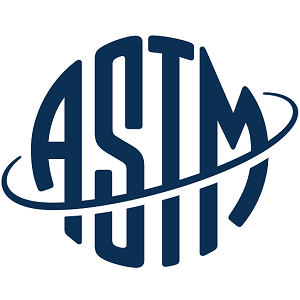


| Standard Number | ASTM F3510-21 |
|---|---|
| Organization |
American Society for Testing and Materials
|
| Level | National |
| Category | Guide | Practice |
| Status |
|
This guide is a resource for the characterization of fiber-based constructs intended for use in a tissue-engineered medical product (TEMP). There are existing standards that broadly cover scaffolds in a more generalized fashion (Guides F2150, F2450, F2900, F2902, ISO 21560). This guide focuses specifically on fiber-based constructs. Fiber-based constructs may be fabricated by many different methods including, but not limited to the following: electrospinning, forcespinning, meltspinning, pneumatospinning, blowspinning, melt-electrowriting, melt extrusion, wet extrusion, fused deposition, liquid crystal deposition, electrochemical alignment, drawing, spinning, knitting, weaving, braiding, powder bed fusion (laser sintering), vat photopolymerization (stereolithography), binder jetting, directed energy deposition, self-assembly (for example, fibrillogenesis), and hybrid approaches. This document is intended to address fibers made by any of these methods, although electrospun fibers are addressed in greater detail in some sections. This guide will focus on constructs made of fibers wherein the average fiber diameter is within the range of approximately 100 nm to 100 µm. For the purposes of this standard, a “fiber-based construct” is defined as a construct composed of slender, elongated filaments. Units—The values stated in SI units are to be regarded as the standard. No other units of measurement are included in this standard. This standard does not purport to address all of the safety concerns, if any, associated with its use. It is the responsibility of the user of this standard to establish appropriate safety, health, and environmental practices and determine the applicability of regulatory limitations prior to use. This international standard was developed in accordance with internationally recognized principles on standardization established in the Decision on Principles for the Development of International Standards, Guides and Recommendations issued by the World Trade Organization Technical Barriers to Trade (TBT) Committee.
